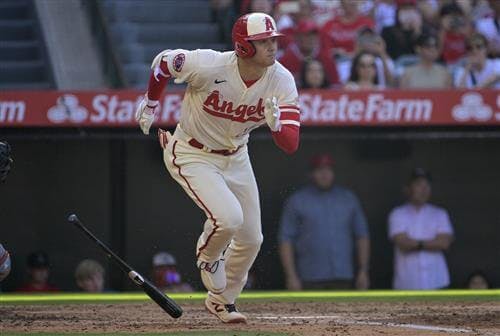There's a very solid chance -- about 50-50, depending on where you get your projections -- that this European soccer season ends with both Napoli's first Serie A title since 1990 and Arsenal's first Premier League title since 2004. Neither of these clubs is a Leicester City, but considering what we've grown accustomed to in this sport, with entrenched power and rich-get-richer tendencies, those two results would represent quite the tectonic shift.
Consider some of the other things that remain on the table (with far greater than 0% odds) as we enter the season's home stretch:
- Liverpool's worst league season since 2012
- Chelsea's worst season since 1991
- An end to Bayern Munich's 10-year Bundesliga title reign
- Brighton and Union Berlin making the Champions League for the first time
- Real Sociedad and/or Real Betis making it for the first time since 2014 and 2006, respectively
- Napoli winning the Champions League
We knew this could be a pretty odd season, what with the whole "worse-than-normal fixture congestion in the fall, followed by a long World Cup break" thing. And while order could still restore itself in the coming weeks -- Bayern runs away with the Bundesliga, Liverpool charges back into the Premier League top four while Manchester City wins the league, a more well-established (read: richer) power wins the Champions League -- there's no denying that, on average, Europe's best and richest teams aren't dominating quite as much as they usually do this season.
Was that all because of oddity and the winter World Cup? Or is there something else going on?
How much worse are the best teams?
To attempt an answer here, we're going to look at a specific batch of clubs: the current top 10 in the UEFA coefficients, aka the 10 teams that have been most consistently awesome in European competitions over the past five years. They are Bayern Munich, Manchester City, Liverpool, Chelsea, Real Madrid, Paris Saint-Germain, Manchester United, Barcelona, Juventus and Ajax.
That's a pretty good list of heavyweights right there, and in terms of league points, six of them -- including each of the top four -- are on pace for worse finishes in 2022-23 than in 2021-22.
Here are the 10 teams, listed with last year's league point total, this year's current pace (based purely on current points per game) and the change they've seen in their rating at EloFootball.com. (Elo ratings basically amount to a point exchange -- beat an opponent, and you take some degree of Elo points from them -- so they can be extremely useful for this type of exercise. Beat a bad opponent, and you trade a few points; beat a good opponent, and you trade more.)









